Decorating your first apartment is an exciting but sometimes overwhelming task. It’s easy to make common mistakes that can leave your space feeling less than ideal. From choosing the wrong furniture to overlooking important details, small errors can add up. Being mindful of these pitfalls can help you create a home that feels both stylish and comfortable.
Skipping a Floor Plan
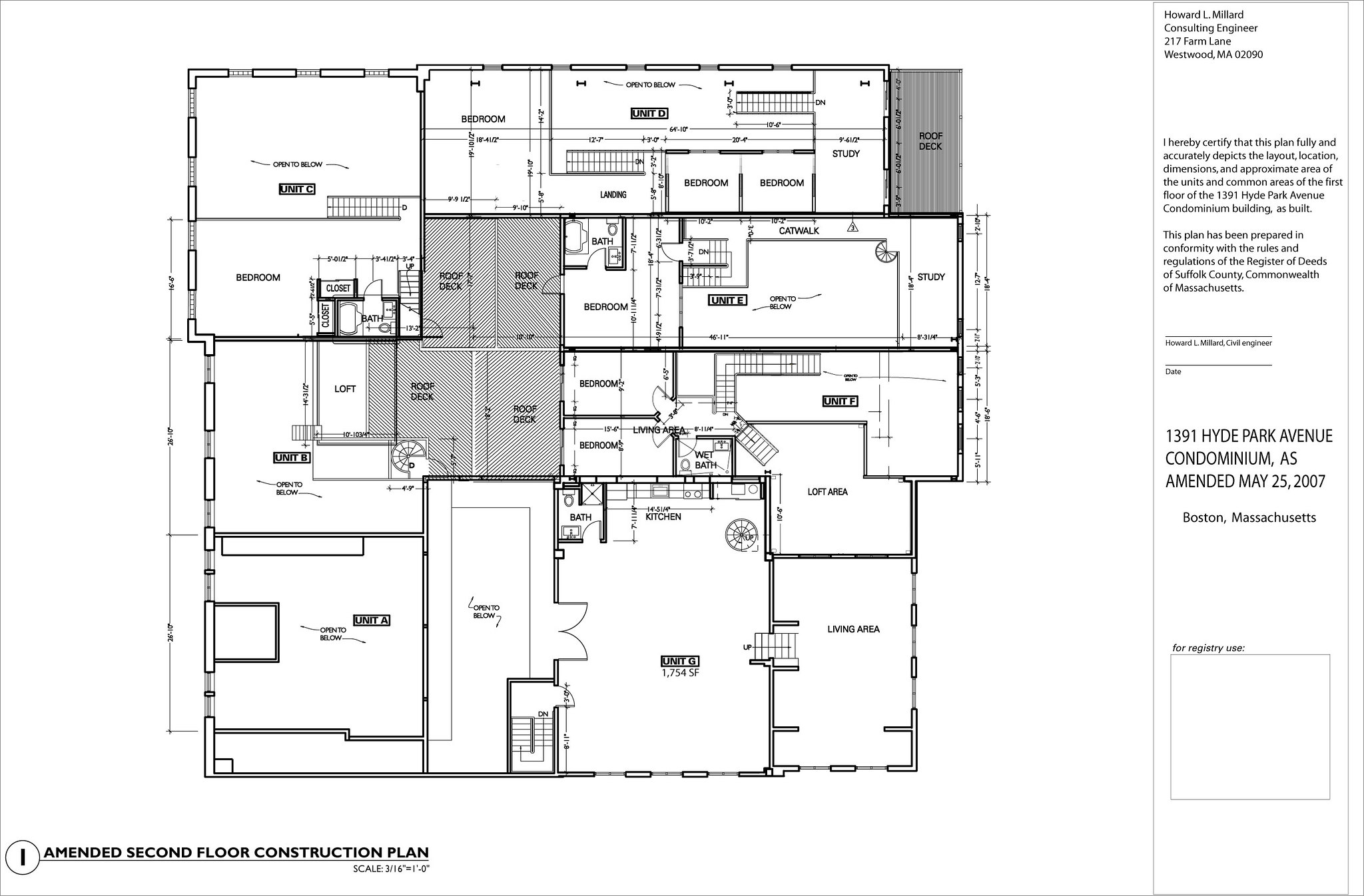
One of the biggest mistakes is not having a floor plan before you start decorating. Without measuring your space, it’s easy to buy furniture that’s too big or too small. This can lead to awkward layouts that don’t make the most of your apartment. Taking the time to map out where things will go can help you avoid these issues. A well-thought-out plan ensures a cohesive and functional design from the start.
Overcrowding the Space
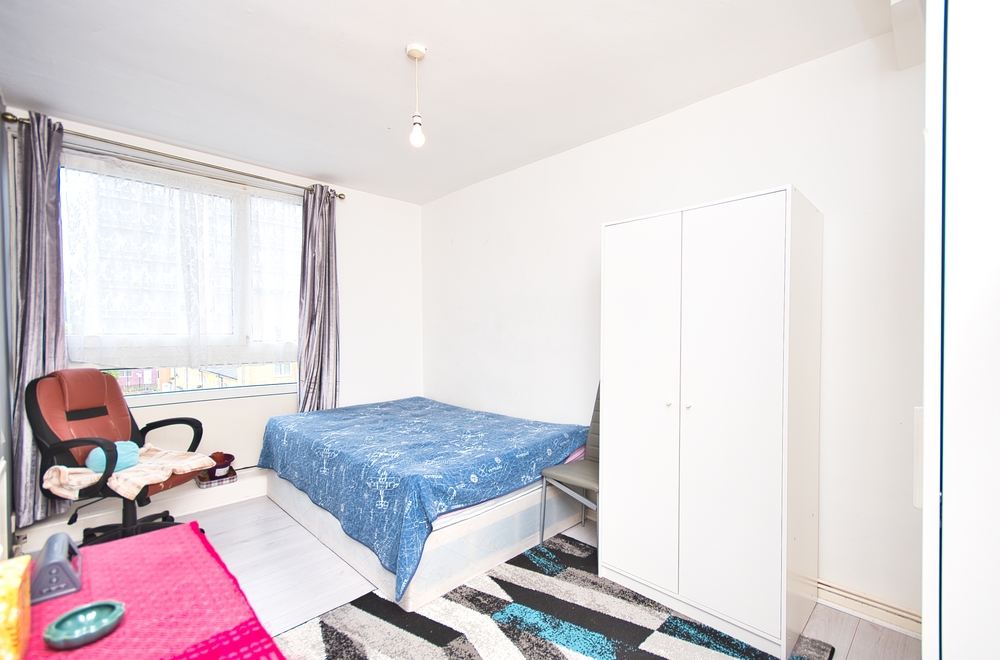
In small apartments, it’s tempting to fill every corner with furniture and décor. However, overcrowding can make your space feel cluttered and cramped. It’s important to allow for breathing room, giving your apartment an open, airy feel. Opt for multi-functional furniture that serves more than one purpose. Less is often more when it comes to decorating a smaller space.
Ignoring Natural Light
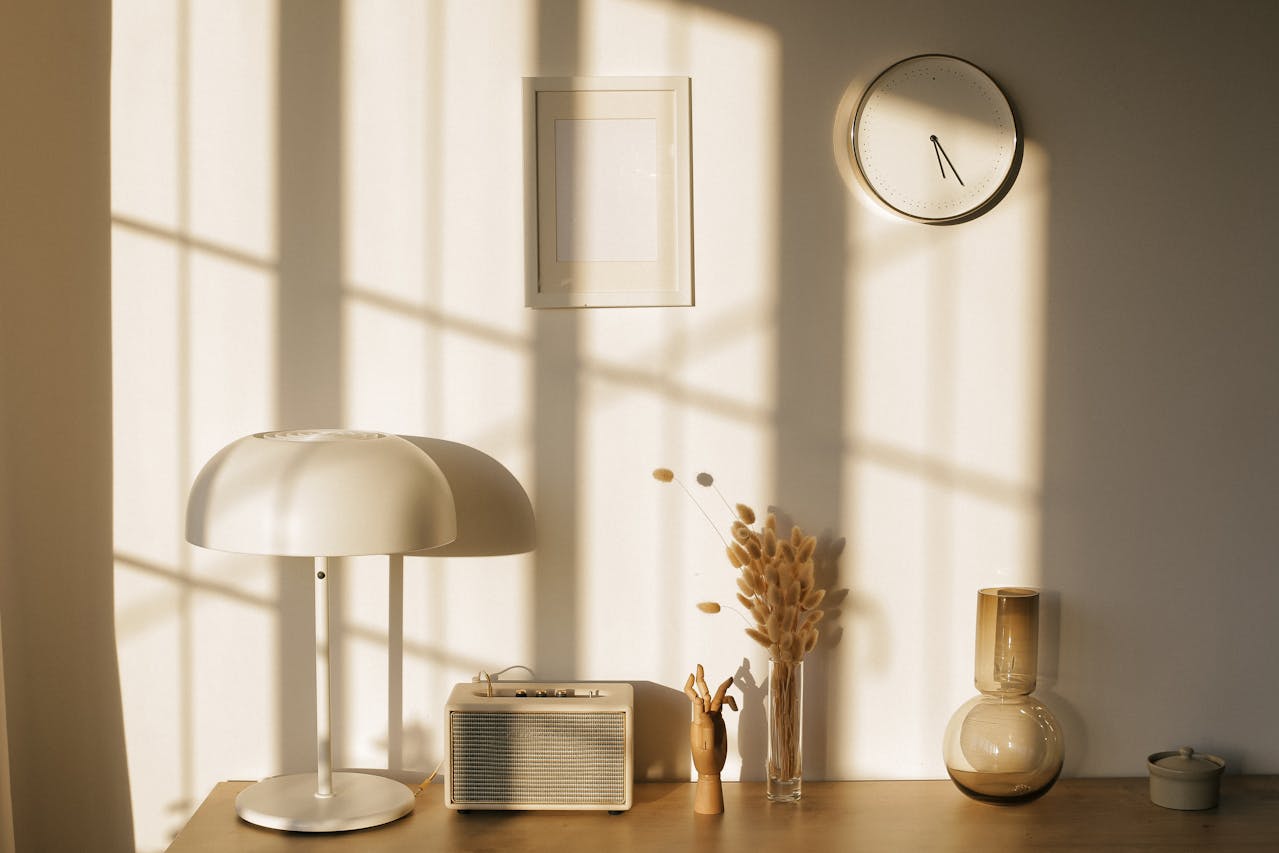
Neglecting natural light is a common error, especially when you’re excited about decorating with curtains or blinds. Blocking too much light can make your space feel dark and uninviting. Choose window treatments that allow for light to come in while still offering privacy. Consider using mirrors to reflect light and make the room feel brighter and bigger. Always work with the natural light your apartment gets instead of against it.
Choosing Paint Before Furniture
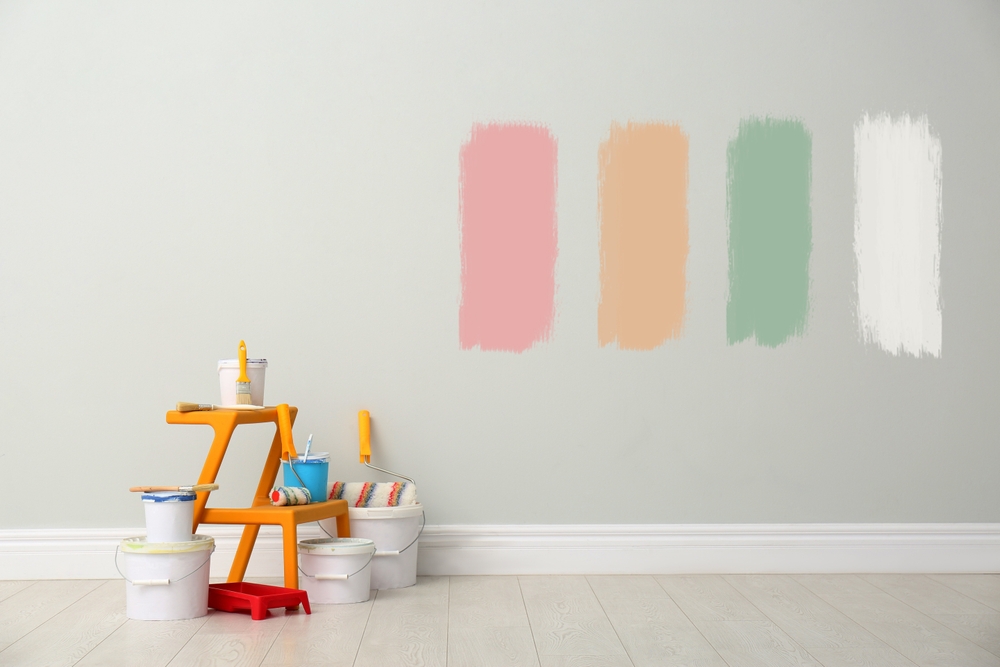
It might seem easier to pick a paint color first, but this can limit your design options. Instead, focus on your furniture and décor before choosing a wall color. Paint can be easily adjusted to complement your furniture, but the opposite can be challenging. You want your paint to enhance the space, not overpower it. This approach gives you more flexibility and ensures a more cohesive look.
Forgetting Storage Solutions
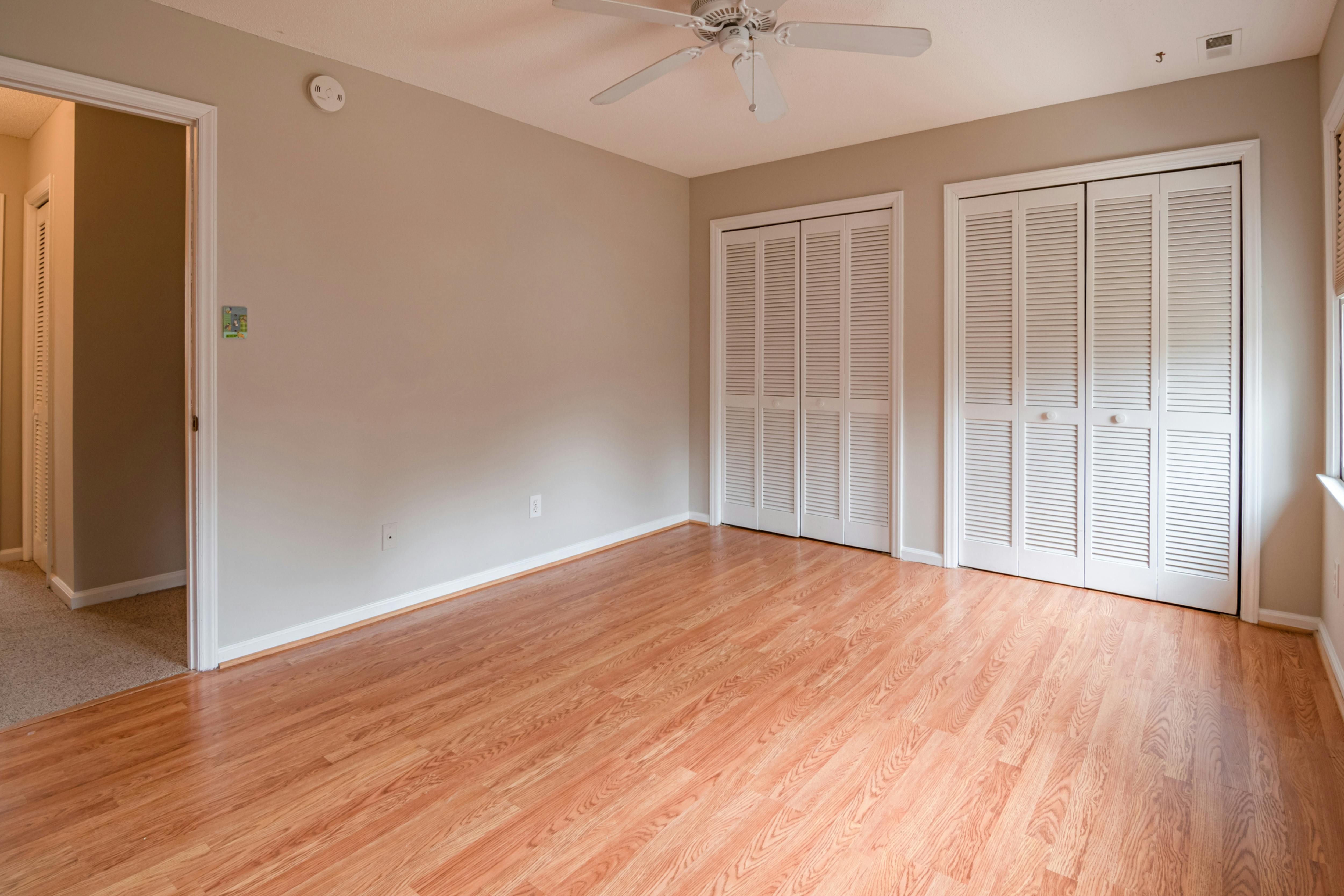
Many first-time decorators focus on the visual appeal of their apartment but forget about functionality. Lack of storage can lead to a cluttered, disorganized space that feels chaotic. Incorporate storage options into your design, such as shelving, baskets, and furniture with built-in storage. Hidden storage is a great way to keep things tidy without sacrificing style. Thoughtful storage solutions can make your apartment feel much more spacious and livable.
Not Defining the Purpose of Each Room
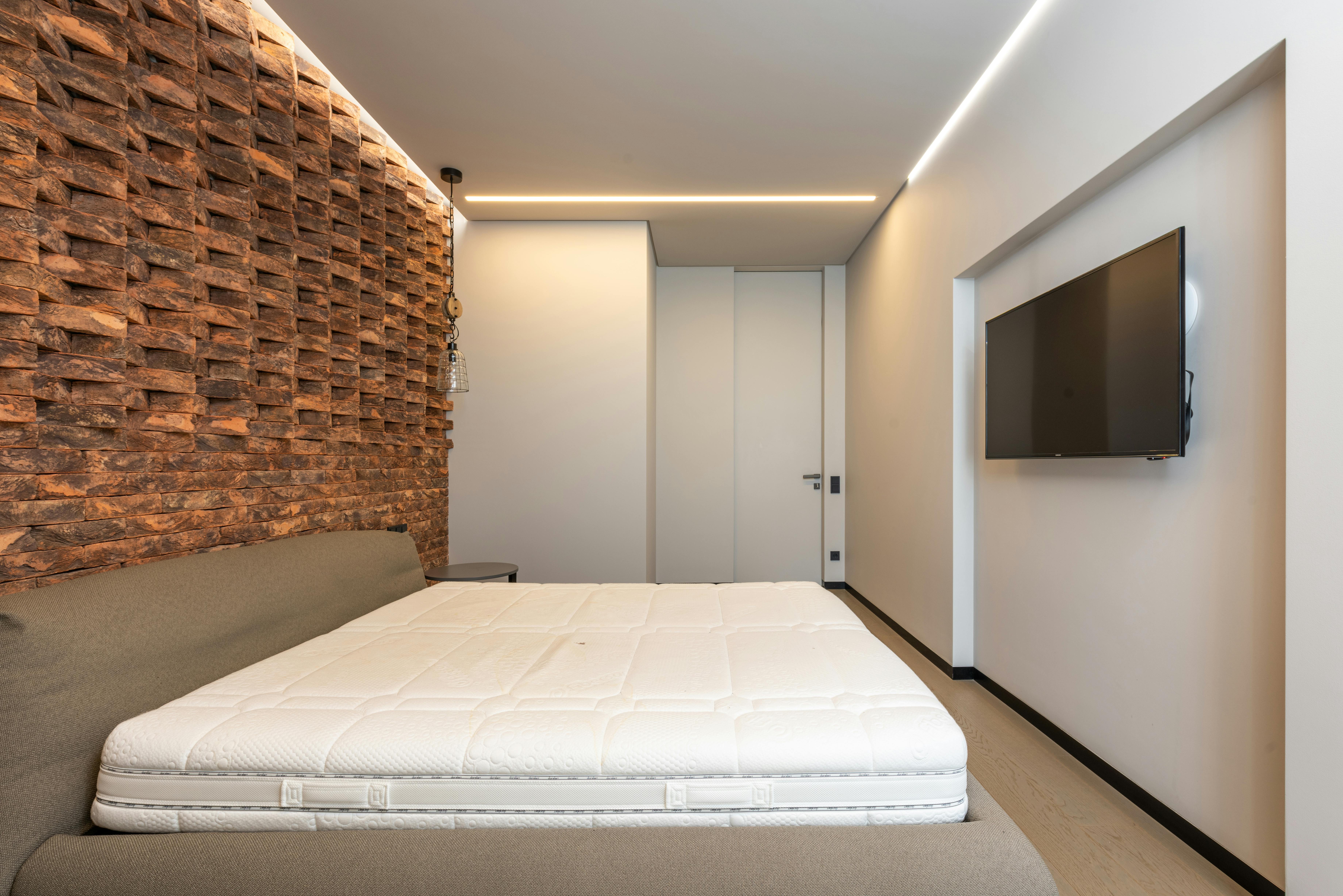
It’s easy to overlook the purpose of each room and start placing furniture randomly. However, defining how each space will be used helps guide your design choices. For example, your living room might serve as a relaxation area, a workspace, or both. Knowing the function of the room will help you choose the right furniture and layout. This approach ensures your apartment is both stylish and practical.
Using All Matching Furniture Sets
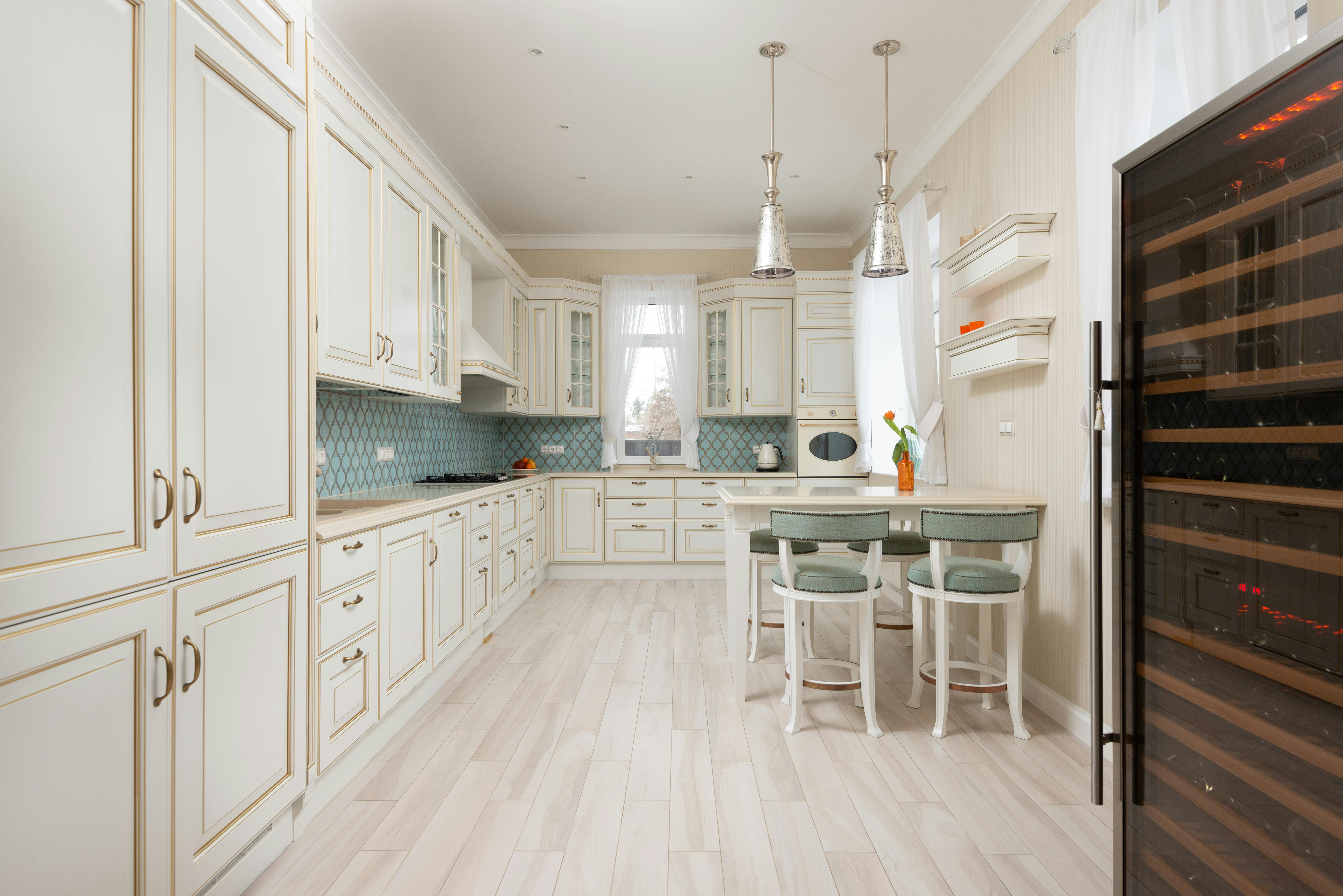
While matching furniture sets may seem like a safe choice, they can make your apartment feel too uniform and bland. Mixing and matching different styles and textures adds character and interest to your space. Consider blending vintage pieces with modern elements for a more personalized look. This will give your apartment a curated feel, rather than a showroom vibe. Variety in your furnishings brings life and personality to your home.
Overlooking Scale and Proportion
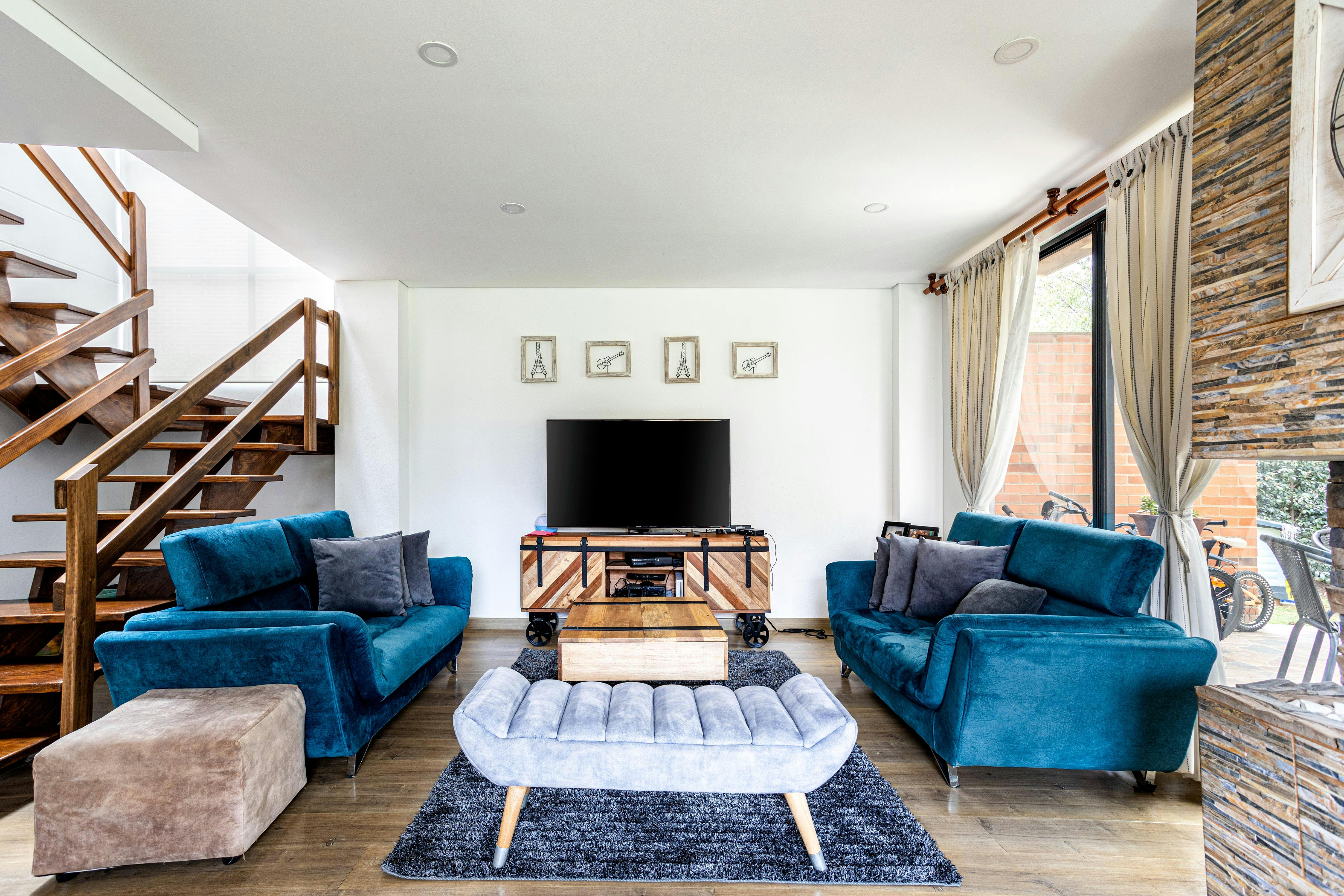
Many first-time decorators struggle with choosing furniture that’s the right scale for their apartment. Oversized pieces can overwhelm a small space, while undersized items can feel out of place. It’s important to find furniture that fits your apartment’s dimensions and enhances the layout. Always measure before buying and think about how each piece will look in the room. Balance is key to creating a harmonious design.
Hanging Art Too High
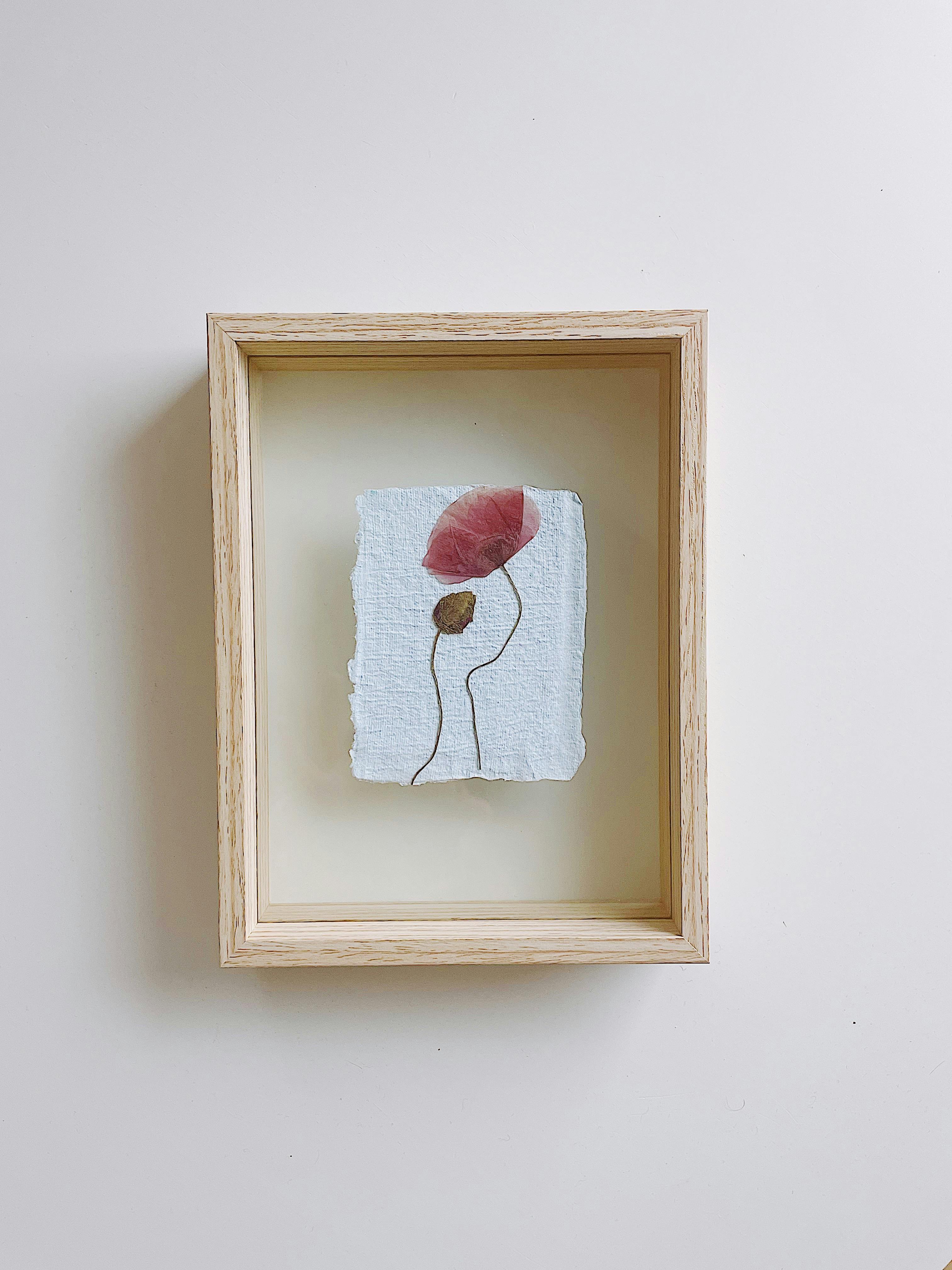
Hanging artwork at the wrong height is a simple mistake that can disrupt the flow of a room. Art should be at eye level, not too high up on the wall. This allows it to be easily appreciated without straining the neck. If you’re unsure, aim to place the center of the piece about 57 inches from the floor. Properly placed art can elevate your space and make it feel more cohesive.
Neglecting the Ceiling
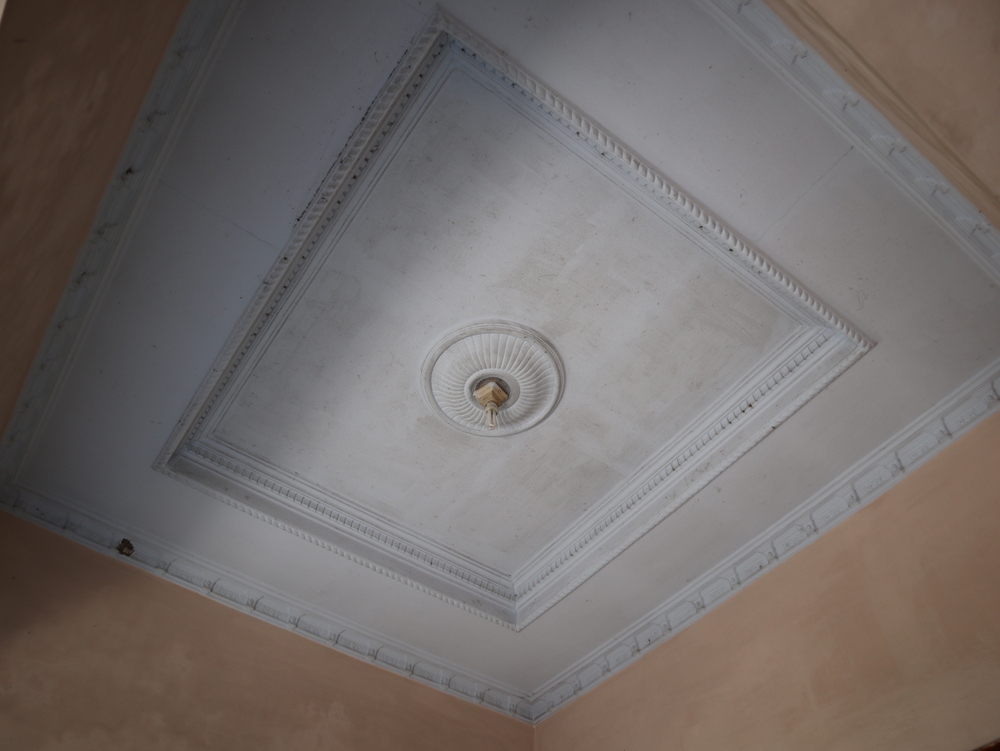
The ceiling is often an overlooked aspect of decorating, but it plays a big role in the overall feel of a room. A plain or dull ceiling can make a space feel flat. Consider adding a fresh coat of paint, wallpaper, or even a statement light fixture to draw attention upwards. This will add depth and interest to your apartment. Treat the ceiling as a fifth wall to complete the design.
Buying Cheap, Temporary Furniture
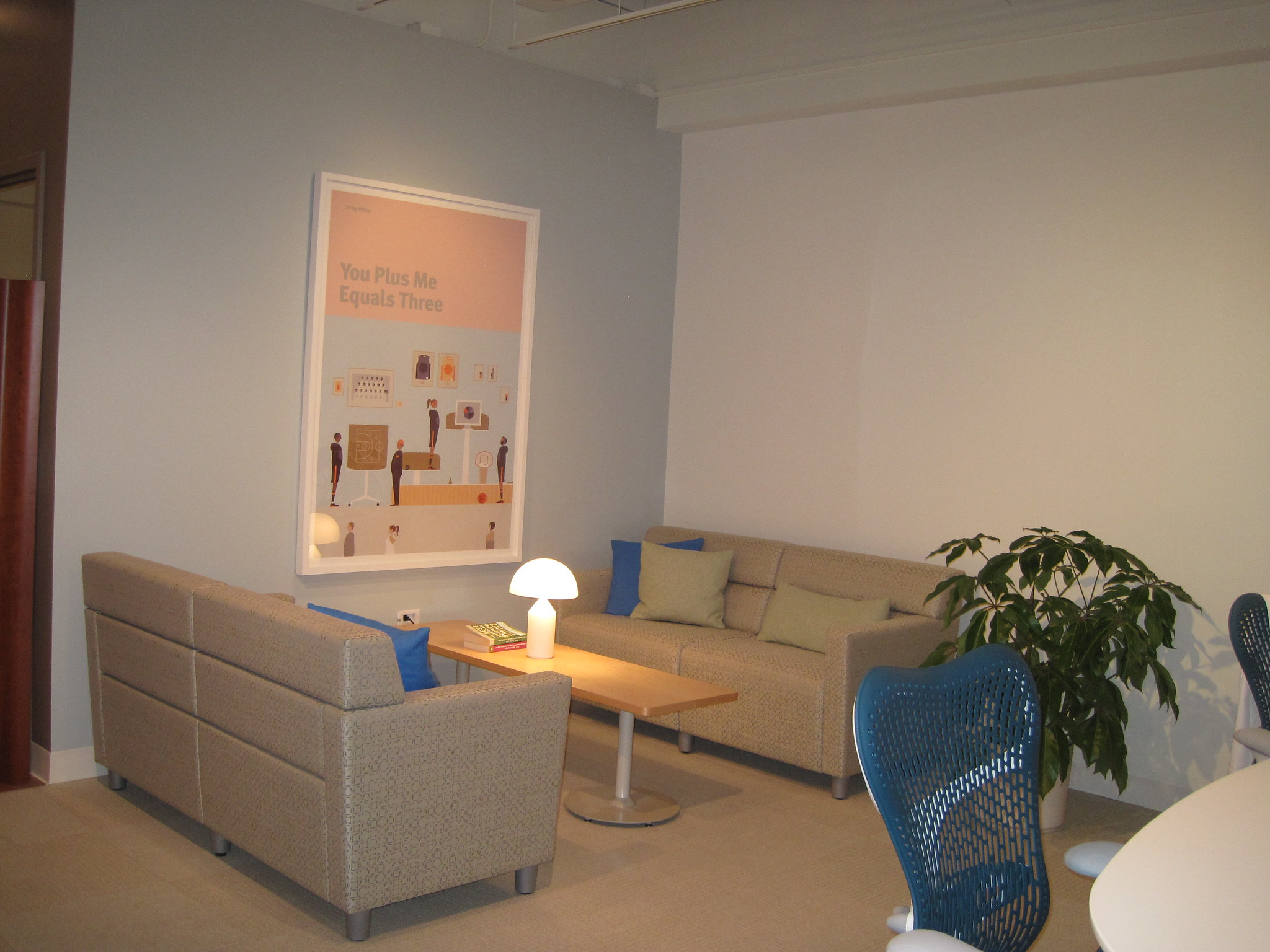
It’s tempting to buy cheap furniture when you’re on a budget, but low-quality pieces often don’t last. They can wear out quickly and leave your apartment looking shabby. Instead, invest in a few key pieces that are well-made and timeless. You can save on smaller items, but your main furniture should be built to last. Quality over quantity will make your apartment feel more polished and put together.
Not Creating a Focal Point
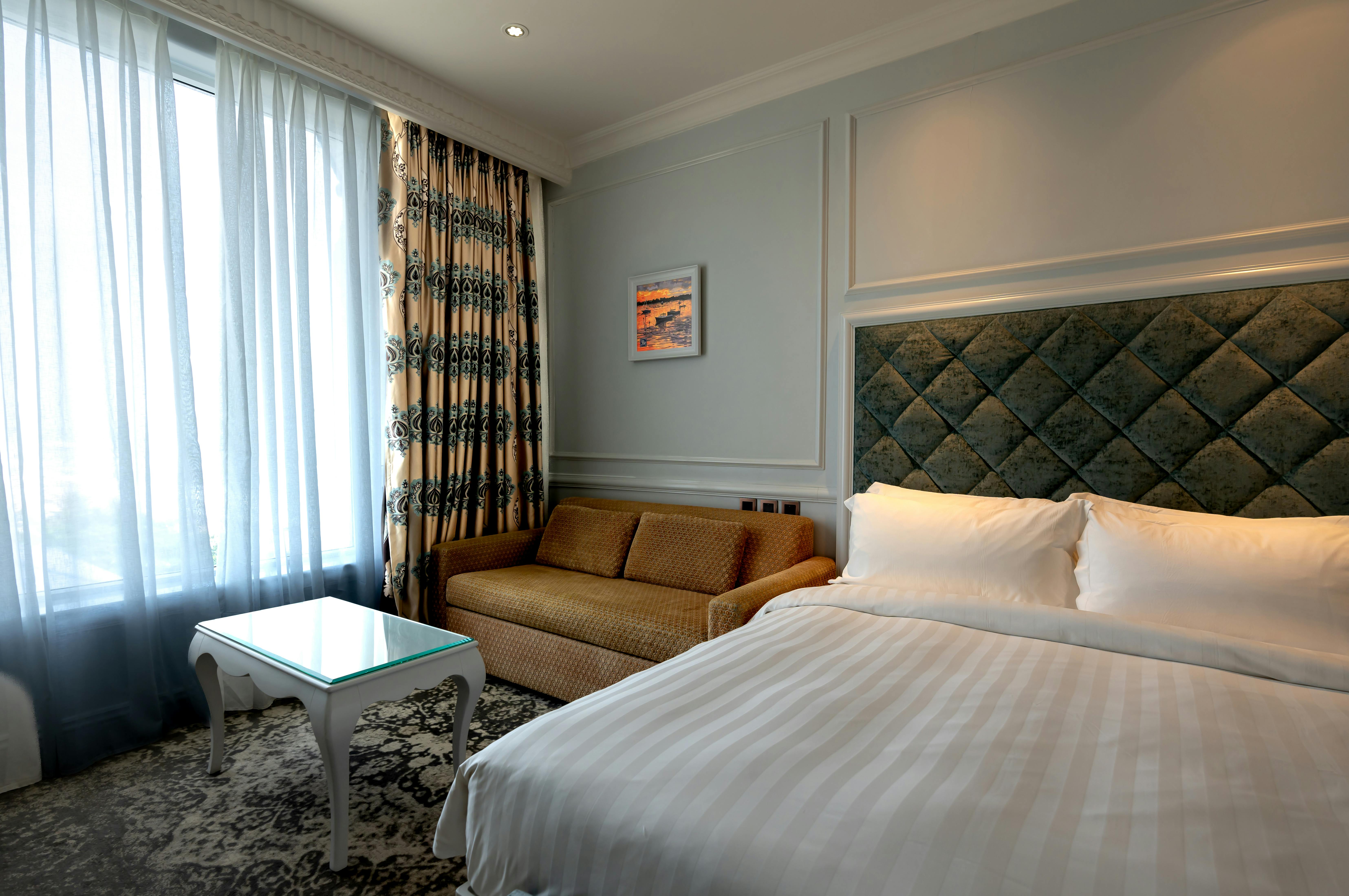
Every room needs a focal point to anchor the design. Whether it’s a bold piece of artwork, a unique piece of furniture, or a feature wall, having a focal point gives the room a sense of purpose. Without one, the space can feel scattered and unfinished. Choose something that reflects your style and build the rest of the room around it. A well-chosen focal point ties the entire room together.
Using Too Many Small Décor Items
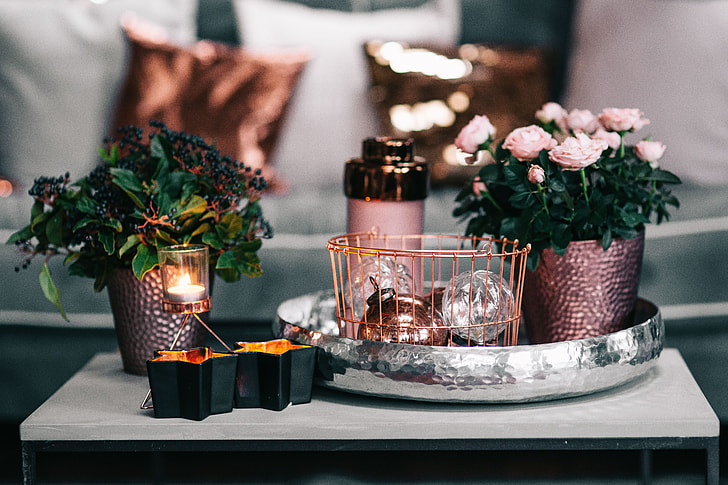
While small decorative items can add personality to your apartment, too many can make the space feel cluttered. It’s important to strike a balance between décor and open space. Group similar items together to create intentional displays instead of spreading things out randomly. This creates a more cohesive look without overwhelming the room. Remember, it’s about quality, not quantity.
Overlooking Rugs
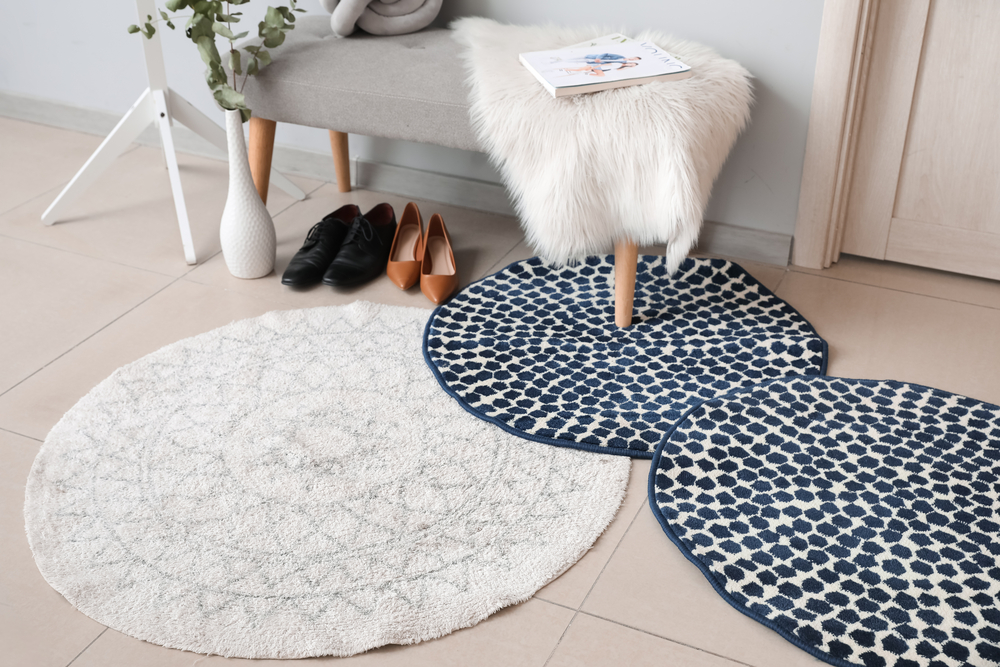
Rugs are often an afterthought in decorating, but they can completely transform a room. A properly sized rug helps define areas within open spaces and adds warmth and texture. However, choosing the wrong size can throw off the entire layout. Make sure your rug is large enough to anchor the furniture and create a cohesive look. A well-chosen rug ties everything together and makes the room feel complete.
Not Personalizing the Space
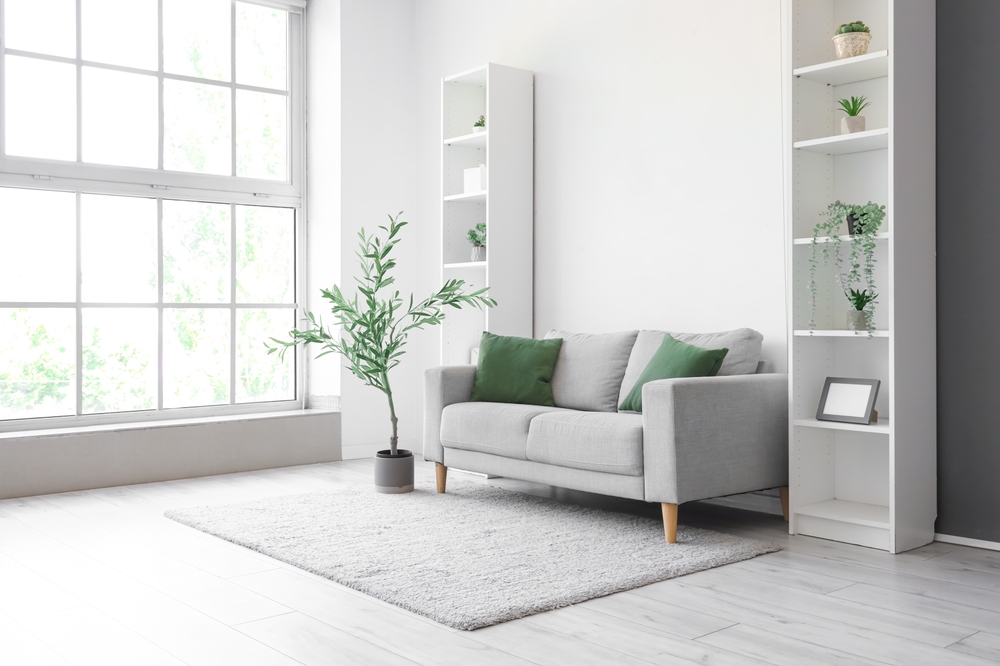
An apartment filled with generic furniture and décor can feel lifeless. Personal touches, such as photos, artwork, or sentimental items, make the space feel like home. Don’t be afraid to incorporate elements that reflect your personality and interests. These small details are what make your apartment unique and inviting. Personalizing your space is key to making it feel like your own.
Neglecting Comfort for Style
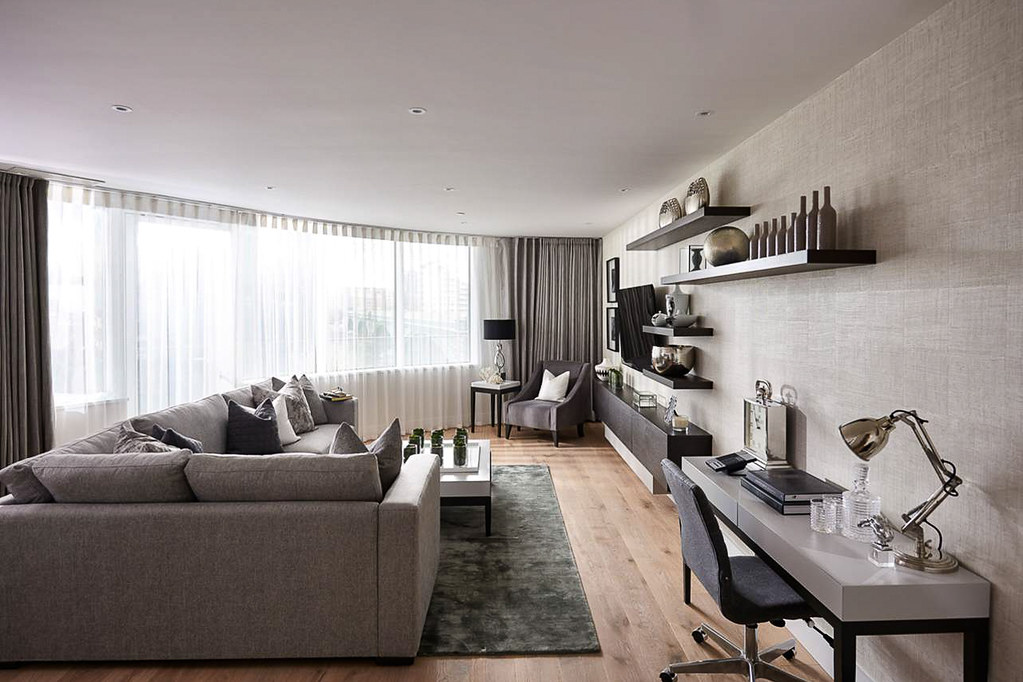
Many people focus so much on creating a stylish apartment that they forget about comfort. While aesthetics are important, your apartment should be a place where you feel relaxed and comfortable. Choose furniture that looks good but also serves your needs, whether it’s a cozy couch or a supportive chair. Comfort and style can coexist, and prioritizing both will make your space more livable.
Not Budgeting Properly

Without a budget, it’s easy to overspend on decorating and end up with an incomplete apartment. Planning a budget helps you prioritize where to invest and where to save. Make a list of the key pieces you need and allocate funds accordingly. This prevents impulse purchases and ensures you have enough for everything you need. A well-thought-out budget keeps your decorating process on track and stress-free.
This article originally appeared on UnifyCosmos.
More from UnifyCosmos
19 Money Missteps That Can Haunt Your Future

Financial mistakes can have long-lasting effects that are hard to shake off. Some errors might seem minor at the moment but can snowball into significant issues over time. Read More
24 Cities Making It Easier for Families To Thrive Financially

Finding a city where families can thrive financially is a priority for many. Recently, several cities have made significant improvements in this area. Read More
20 Ancient Chinese Myths and Their Lesser-Known Facts

Ancient Chinese myths are rich with stories that have shaped the culture and beliefs of China for centuries. These tales often feature legendary heroes, powerful deities, and mystical creatures that reflect the values and history of the Chinese people. Read More
Leave a Reply